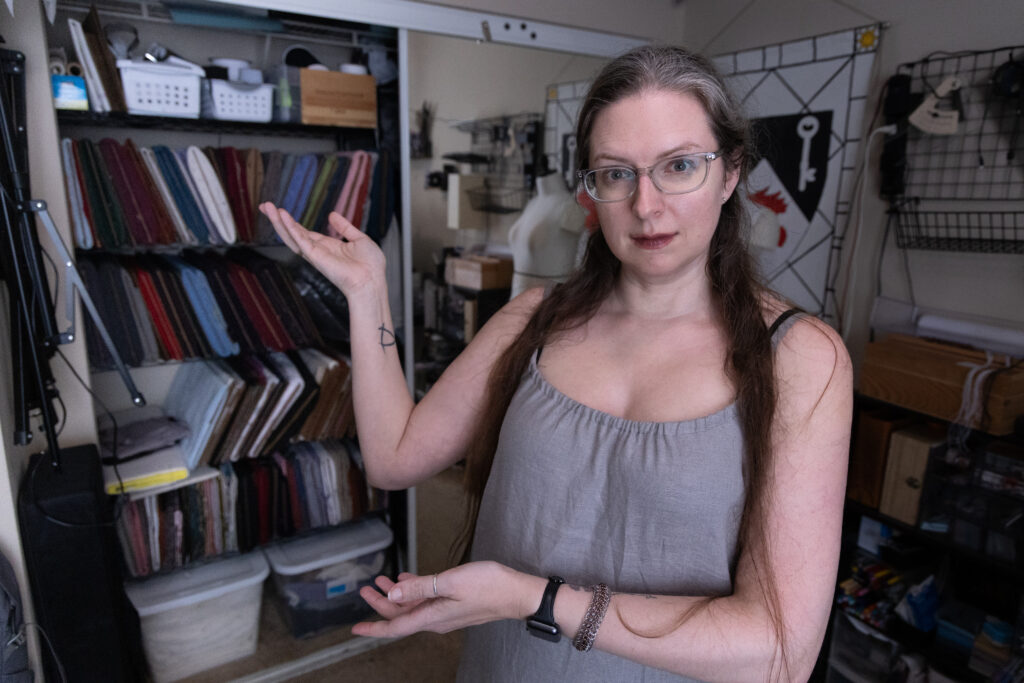There comes a point in every sewist's life when the fabric stash becomes unmanageable. For me, that moment arrived amid what can only be described as a perfect storm of chaos—economic uncertainty, political turmoil, and the sobering realization that my child would soon be a high-schooler (cue existential crisis). When life feels completely out of control, what do we do? We organize.
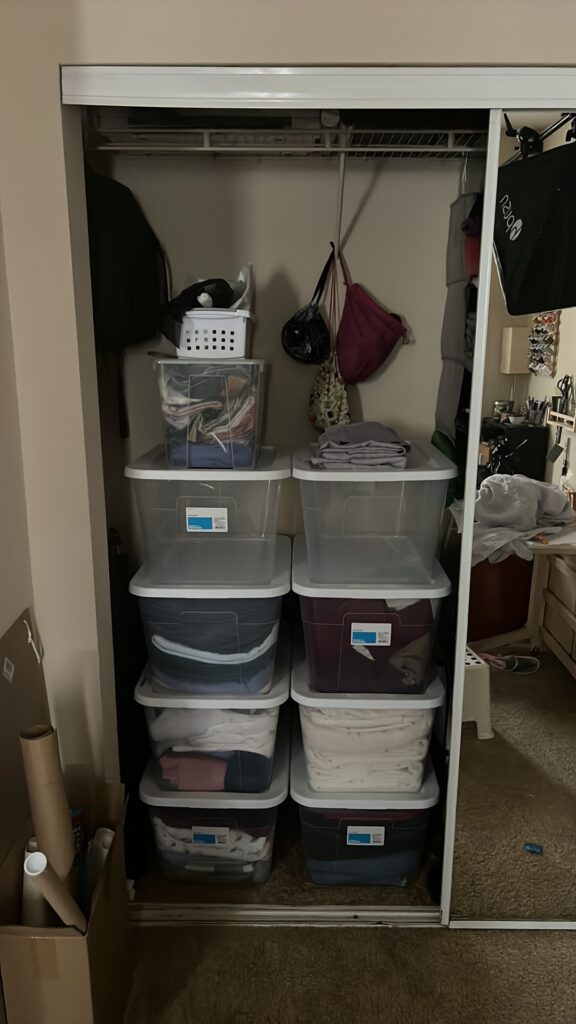
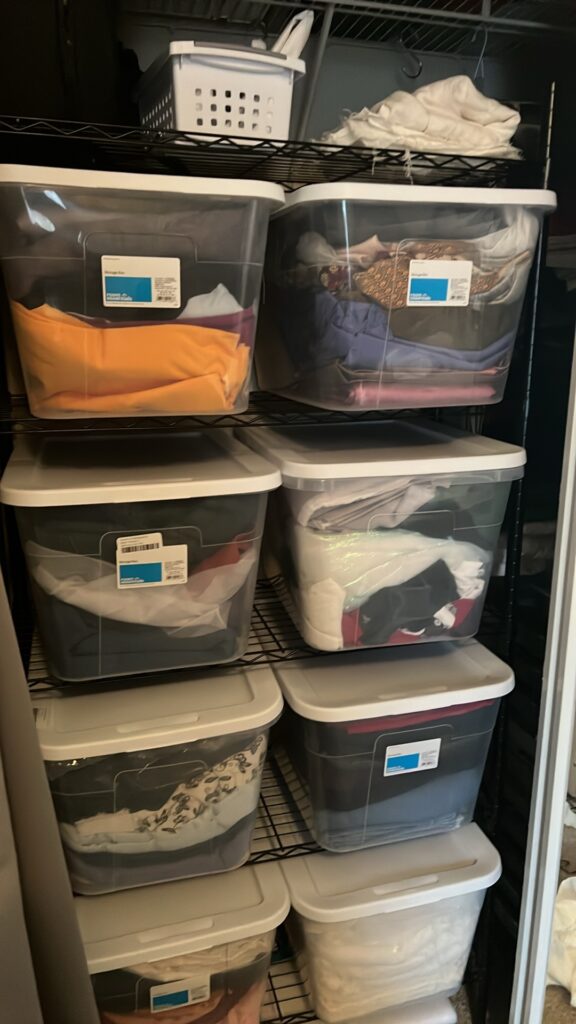
I've been using plastic bins on shelves to store my fabric for years. In theory, it was a great system—everything categorized, tucked away, and protected. Adding shelves made access and storage ever easier. But the reality? For someone who paws through their stash almost daily, it was becoming a nightmare.
The issues were multiplying:
- Neatly folded fabric quickly became a jumbled mess
- Categories got mixed up as I shifted fabric between bins for space
- Finding specific pieces meant emptying entire bins.
- Putting everything back properly? A fantasy at best.

The quest for cardboard bolts began with what turned into the millennial nightmare—phone calls. Many, many phone calls.
"Hi, can I talk to your fabric department, please? I was just wondering if you sell or give away the cardboard bolts that your fabric comes on?"
After calling practically every fabric store in driving distance, I learned that most stores ship their empty bolts back to manufacturers or use them for inventory purposes. I looked online but only found people on Etsy selling them for exorbitant prices. Three dollars a bolt?! Thank you, no.
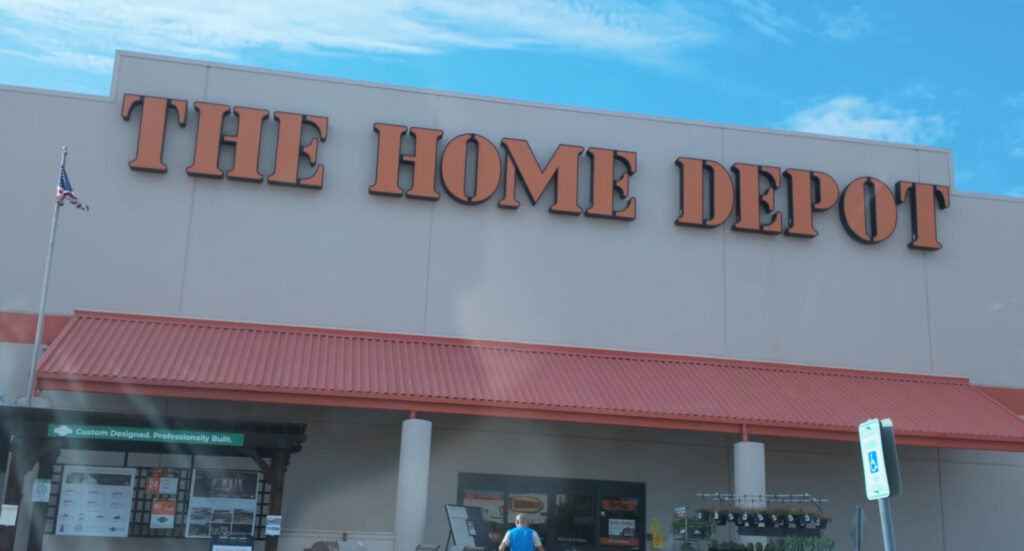
My quest led me next to an unexpected place—Home Depot. They sell these long cardboard strips (about 10 inches by a yard) used as spray paint barriers for like 85 cents each. Perfect! Well, almost perfect. They were a bit flimsy, and too long for my closet, but nothing a sharp scalpel couldn't fix.
I measured my closet depth (24 inches), cut the boards to length, and planned how to fold my fabric. Wider 60-inch fabrics would be folded in thirds, narrower ones in half.
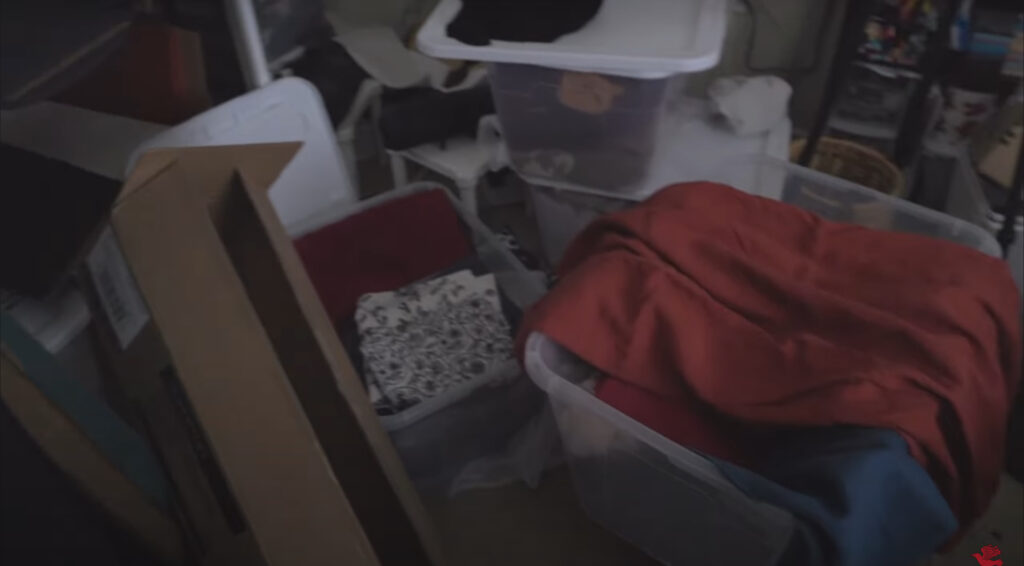
Let me be clear—reorganizing means your space will look like a fabric-bomb exploded before it gets better. By day two, my studio was what professionals call a "hot mess." I had severely underestimated both the amount of fabric I owned and the number of boards I would need.
A second Home Depot run netted me a full box of 50 boards (they gave me ten extra, possibly to make sure I didn’t come back). I ended up with two sizes of bolts: longer ones for substantial pieces and shorter ones for smaller cuts.
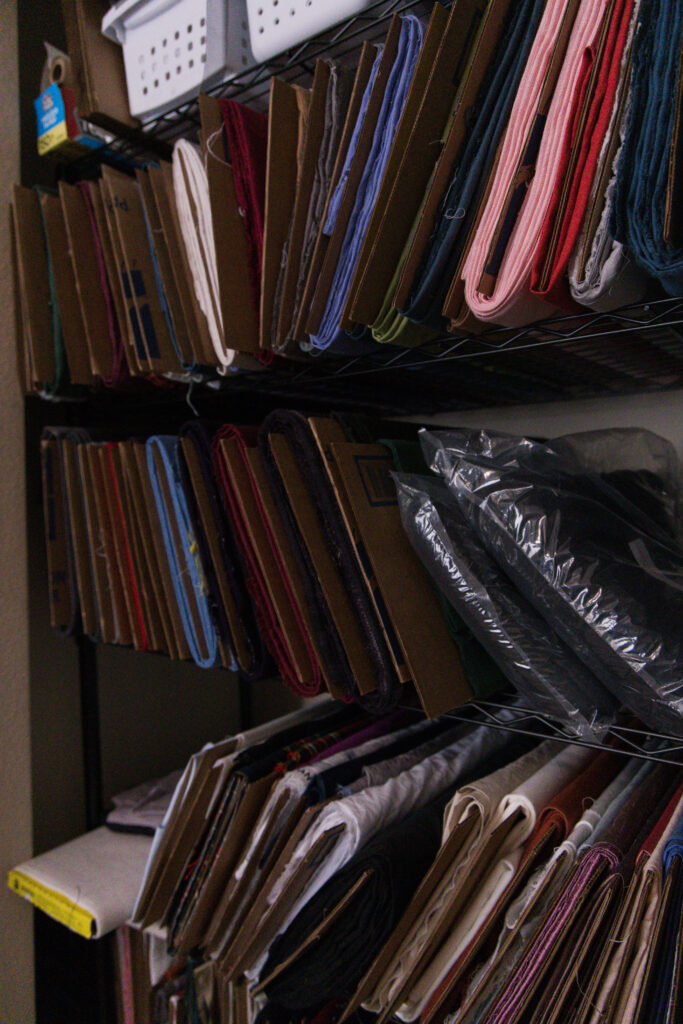
I am not the proud owner of a fabric library, with everything visible and accessible:
- Top shelf: Specialty items like twill tape, elastics, interfacing, and freezer paper
- Main shelves: Fabric organized by type—linens, wools, cottons, silks
- Bottom shelf: Plastic bins for my white linens and pieces too small for bolts but too big for the cabbage patch.
Everything is arranged by fabric content, making it infinitely easier to find exactly what I need for any project. I’ll probably go back and re-order each category according to weight and then color because that’s the kind of person I am.
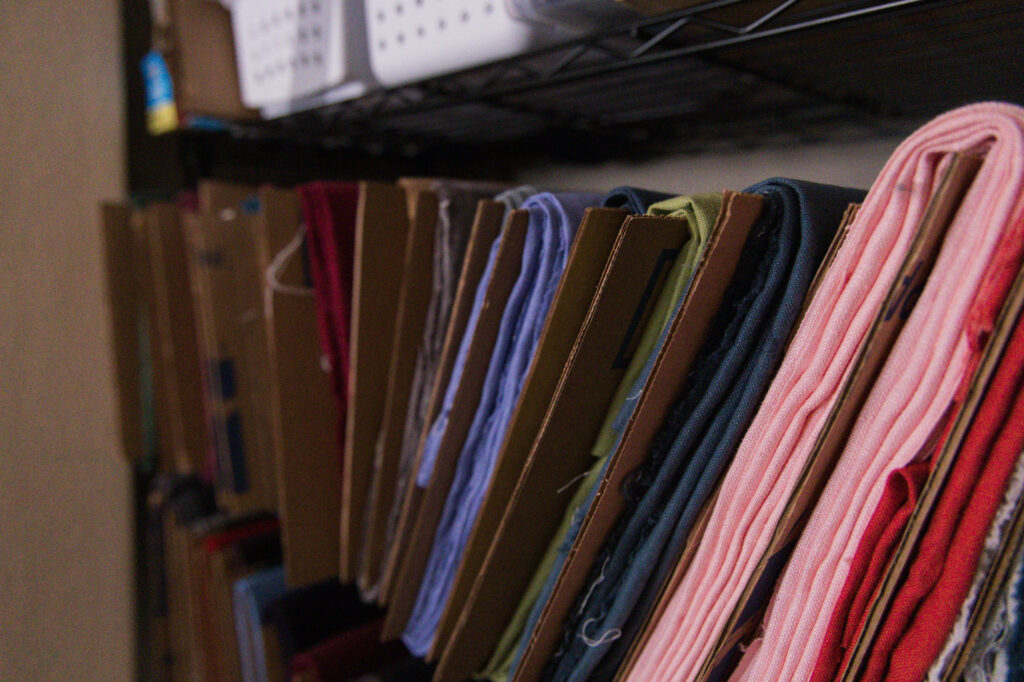
Was It Worth It? Absolutely. Beyond the practical benefits of being able to see and access my fabric, there's something deeply satisfying about creating order from chaos. In a world where so much feels beyond my control, organizing my creative spaces gives me back a sense of agency.
Plus, let's be honest—it makes room for more fabric.
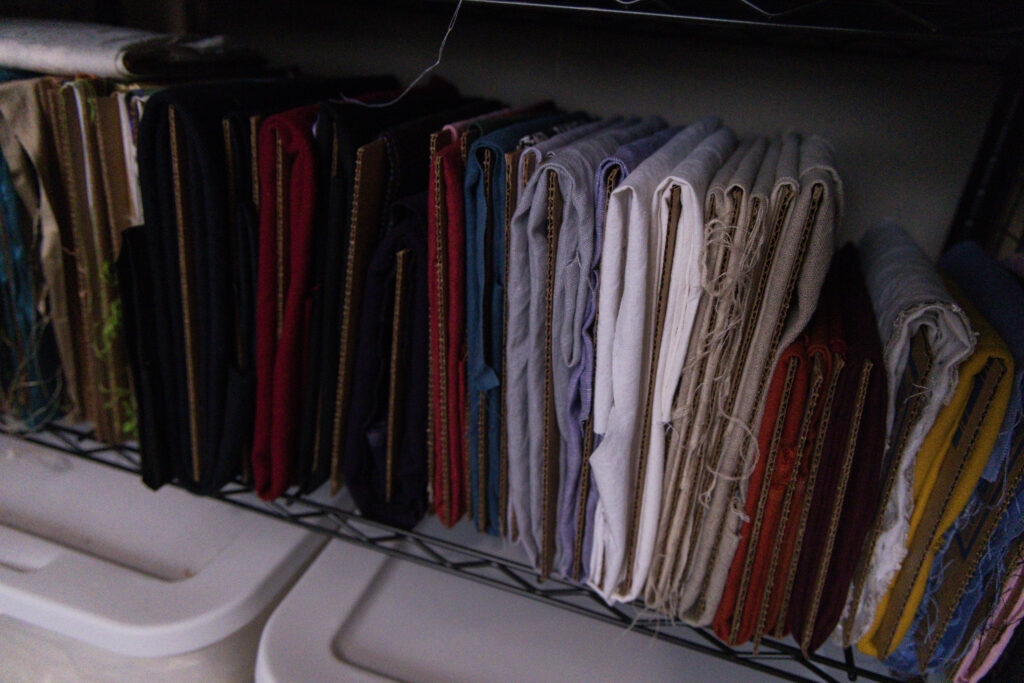
Want to see the process from start to finish? Check out the YouTube video here, and tell me all your favorite organizational hacks in the comments!

